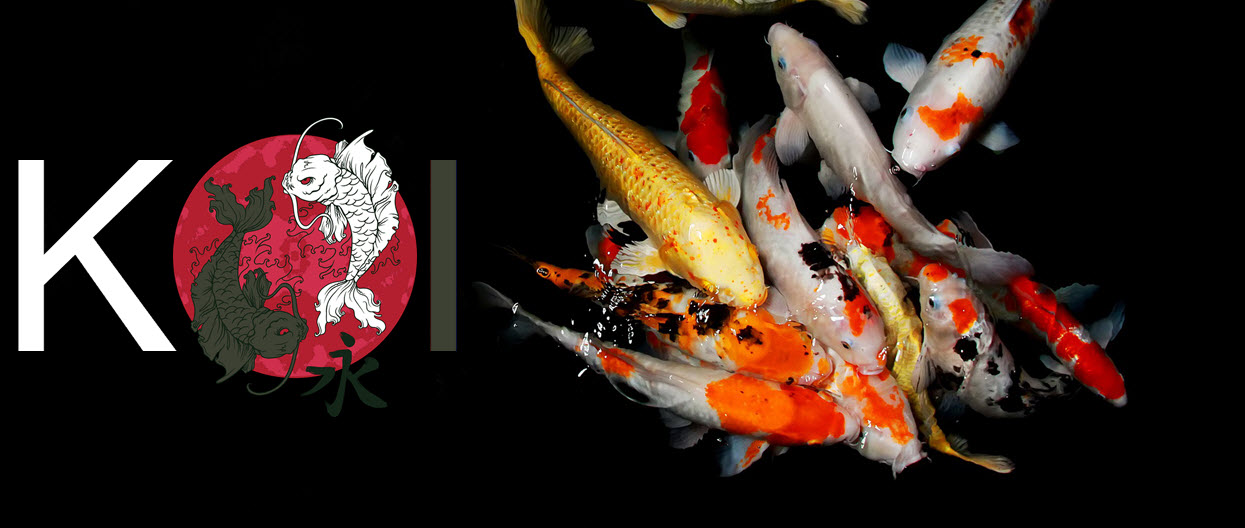Ojiya Nishikigoi no Sato is a beautiful garden dedicated to displaying nishikigoi (koi). It is located in Ojiya, a city that´s played a very important role in the history of koi breeding.
The garden is a municipal institution where you´ll find not only wonderful koi ponds but also various historical and educational materials about koi.
The garden is open to visitors year round, but the exact opening hours vary depending on season, so always check in advance. Also, the garden is closed during certain holidays in late December and early January.
Ojiya Nishikigoi no Sato was created in the late 1980s and opened to the public in October 1989. The idea is to both showcase koi and give visitors an opportunity to learn more about koi in a lush and tranquil environment. Most professional koi breeders in Japan keep their fish in ponds with turbid water (carps love to dig around in the bottom sediment), so watching koi at a breeder´s facility is not that easy. Therefore, Ojiya Nishikigoi no Sato has become a popular stop for people who want to see a lot of different koi in clear water ponds.
Where is Ojiya Nishikigoi no Sato?
The koi garden Ojiya Nishikigoi no Sato is located in Ojiya City, in the Niigata Prefecture. The exact address is 1-8-22, Jonai, Ojiya City, Niigata 947-0028.
Examples of nishikigoi types living at Ojiya Nikishigoi no Sato
Around 40 different varieties of koi are bred at Ojiy Nikishigoi no Sato. Here are a few examples:
- Asai is an old strain of koi. The body is mainly indigo blue or light-blue, and the scales form a noticeable reticular pattern. Each coloured scale has a dark centre and lighter edges.
- Koromo (the name means “robed” in Japanese). Indigo blue overlaps the Hi patches.
- Kujaku (the name means “peacock” in Japanese). This koi sports a strong metallic colour similar to the shine of a peacock.
- Yamabuki Ogon looks yellow-golden. It was developed from Kinhire, Knkabuto and Ogon koi.
- Kohaku. This is a type of white koi with red markings. Several different versions have been developed, including Omoyo, Komoyo, Nidan, Sandan, and Inazuma.
Feeding the koi
The garden sells special koi food to visitors who want to experience feeding koi in the garden.
Important:
- This experience is not available during the part of the year when the koi are in their winter rest, since their metabolism is greatly reduced during that season.
- During Golden Week, only staff will feed the koi, but the feeding sessions will take place according to a schedule to give visitors a chance to plan and make sure they are present for a feeding. (The Golden Week is a series of Japanese holidays celebrated in late April and early May.)
Videos
If you want to learn more about koi keeping, breeding and shipping, videos created by Ojiya Nishikigoi no Sato are available in English, Japanese and Chinese.
About Ojiya
Alongside Yamakoshi, the city Ojiya is known as the birthplace of nishikigoi. Located in the inland region of the central Niigata Prefecture at the southern end of Echigo Plain, Ojiya can be easily reached by railway; more specifically the Iiyama Line (飯山線, Iiyama-sen) and the Joetsu Line (上越線, Jōetsu-sen). Both lines are trafficked by JR-EAST.
The Shinano River flows through Ojiya, and the climate is humid with warm, wet summers and very snowy winters.
In addition to nishikigoi, Ojiya is also famous for the manufacturing of a special type of fabric known as Ojiya-chijimi (小千谷縮). It is made from ramie, a plant belonging to the nettle family.
